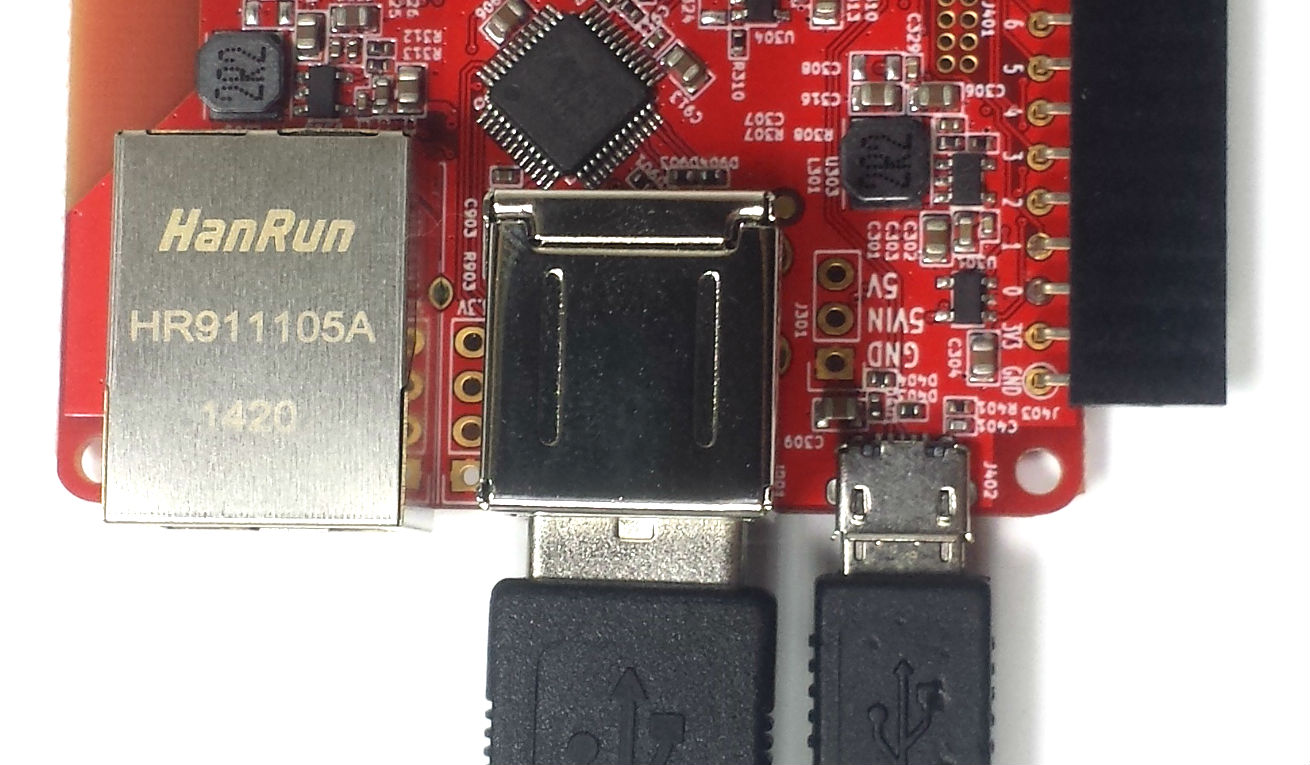STEP 1
Make a directory inside your “tessel-code” folder called “storage”, change directory into that folder, and initialize a tessel project:
mkdir storage; cd storage; t2 initSTEP 2
Plug Tessel into your computer via USB, then plug a USB mass storage device (flash drive) into either of Tessel’s USB ports.
STEP 3
You don’t need to install a library to use a USB storage module. We will use the fs (filesystem) library that’s built into Node.js to interact with USB mass storage devices.
In the folder where you ran t2 init, rename “index.js” to “storage.js” and replace the file’s contents with the following:
// Any copyright is dedicated to the Public Domain.
// http://creativecommons.org/publicdomain/zero/1.0/
/*********************************************
Write some text to a file on a USB mass storage
device, then read it back.
*********************************************/
// Import the fs library
var fs = require('fs');
var path = require('path');
var mountPoint = '/mnt/sda1'; // The first flash drive you plug in will be mounted here, the second will be at '/mnt/sdb1'
var filepath = path.join(mountPoint, 'myFile.txt');
var textToWrite = 'Hello Tessel!';
// Write the text to a file on the flash drive
fs.writeFile(filepath, textToWrite, function () {
console.log('Wrote', textToWrite, 'to', filepath, 'on USB mass storage device.');
});
// Read the text we wrote from the file
fs.readFile(filepath, function (err, data) {
console.log('Read', data.toString(), 'from USB mass storage device.');
});Save the file.
STEP 4
In your command line, t2 run storage.js
Now you can create, write to, read from, and otherwise manipulate files on USB storage devices!
Bonus: Try writing some longer text (or output from a different module) by using streams. Hint: look up the fs function createWriteStream.
STEP 5
What else can you do with a USB mass storage device? Get inspired by a community-created project.

